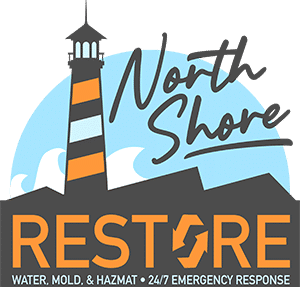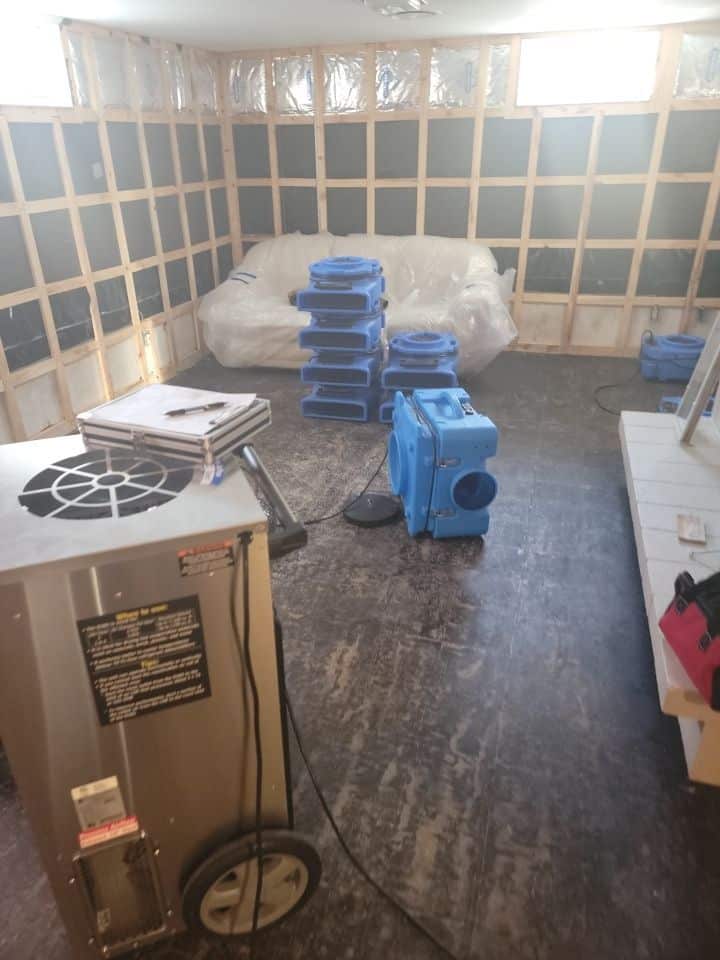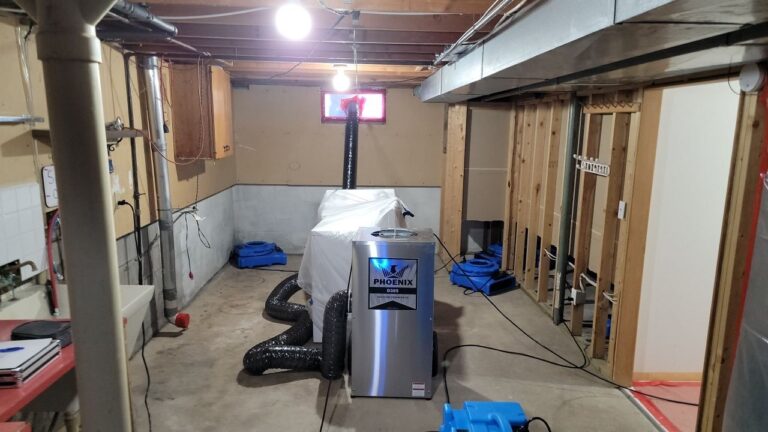Dealing with a flooded basement Duluth
If you are dealing with a flooded basement in your home, there are certain things you should do and certain things you should avoid. First, you should do your best to remove all the water from your home. This may require renting a pump or hiring a professional. Once you have removed all the water, you should start the drying process by opening all the doors and windows and using fans and dehumidifiers. You should also avoid using your home’s HVAC system as it could spread
Dos and Don’ts When Dealing with a Basement Flood
It’s important to take quick action when you have a basement flood in order to minimize the damage Here are some dos and don’ts to keep in mind when dealing with a basement flood First, do try to remove as much water as possible yourself However, don’t try to dry out the space too quickly using things like fans or heaters, as this can actually make the problem worse by causing mould growth And finally, don’t forget about mould remediation – this is an important step in preventing further damage and health problems down the line
How to Quickly and Effectively Dry Out Your Basement After a Flood
If your basement has been the unfortunate victim of a flood, you’re probably wondering how to quickly and effectively dry it out While the process may seem daunting, it’s actually not as difficult as you might think With a little time and effort, you can get your basement back to its pre-flood state in no time Here are five simple steps to dry out your basement after a flood Remove all wet items from the area This includes carpets, rugs, furniture, and any other belongings that have been soaked by the water If possible, try to salvage any items that can be saved with proper cleaning and drying methods Use fans and dehumidifiers to help dry out the area Place the fans around the perimeter of the room and point them towards the center to create a circulating air system Dehumidifiers will help remove moisture from the air, speeding up the drying process Open all doors and windows to allow for maximum air circulation throughout the space Inspect walls, floors, and other surfaces for any signs of water damage If necessary, make repairs before proceeding with further drying efforts Check for mold growth and treat accordingly Once everything is completely dry , take measures to prevent future flooding in your basement This may include installing a sump pump or waterproofing membrane on exterior walls
The Worst Things You Can Do After Your Basement Has Flooded
If your basement has been flooded, you may be wondering what the worst things you can do are Here is a comprehensive guide to help you avoid further damage and get your basement dry out as soon as possible Do not delay in starting the cleanup process The longer you wait, the more time water has to cause damage to your home and possessions Do not use a regular vacuum cleaner to remove water from your carpet or upholstery This can damage the vacuum and cause an electrical shock Do not try to clean up mold yourself Mold spores can cause serious respiratory problems if inhaled, so it’s best to leave this job to the professionals Do not use electrical appliances in wet areas unless they are specifically designed for wet environments (such as a wet/dry vac Water and electricity don’t mix!
The Most Important Things to Do First When Dealing with a Flooded Basement Duluth
Having a flooded basement can be a nightmare Not only is it an inconvenience, but it can also lead to serious damage to your home If you’re dealing with a basement flood, there are some important things you need to do first in order to minimize the damage Remove all water as soon as possible The longer the water sits, the more damage it will do Use a sump pump or other pumps to remove the water quickly Dry out the area completely This may require bringing in dehumidifiers and fans Be sure to open up any doors and windows to allow for proper ventilation while the area dries out completely Inspect for any structural damage that may have occurred as a result of the flood waters This includes checking for cracks in foundation walls or floors, as well as warping or swelling of wood beams or framing members Get professional help if necessary to make repairs before proceeding with any further cleanup efforts Assess what items in the basement were affected by the flood waters and decide what can be salvaged and what needs to be replaced Many times carpeting and drywall will need to be removed and replaced due to flooding Other personal belongings such as clothing, books, Electronics etc may just need to be cleaned and dried thoroughly before being used again only you can decide What’s worth saving And what isn’t throw away anything that has been contaminated by sewage Water from A toilet Overflow ,sewer backup Or chemical spills should be considered hazardous waste And disposed of properly To avoid making yourself sick following these five steps will help you recover from A flooded basement As efficiently and safely as possible
How to Avoid Making the Situation Worse When Dealing with a Basement Flood
If you experience a basement flood, it is important to take quick and decisive action in order to avoid making the situation worse In this blog post, we will provide a comprehensive guide on how to deal with a flooded basement, including how to dry out your basement and prevent further damage
Dealing with a flood in your home can be a daunting task, but there are some things you can do to help minimize the damage Be sure to avoid these mistakes and you’ll be on your way to recovery


